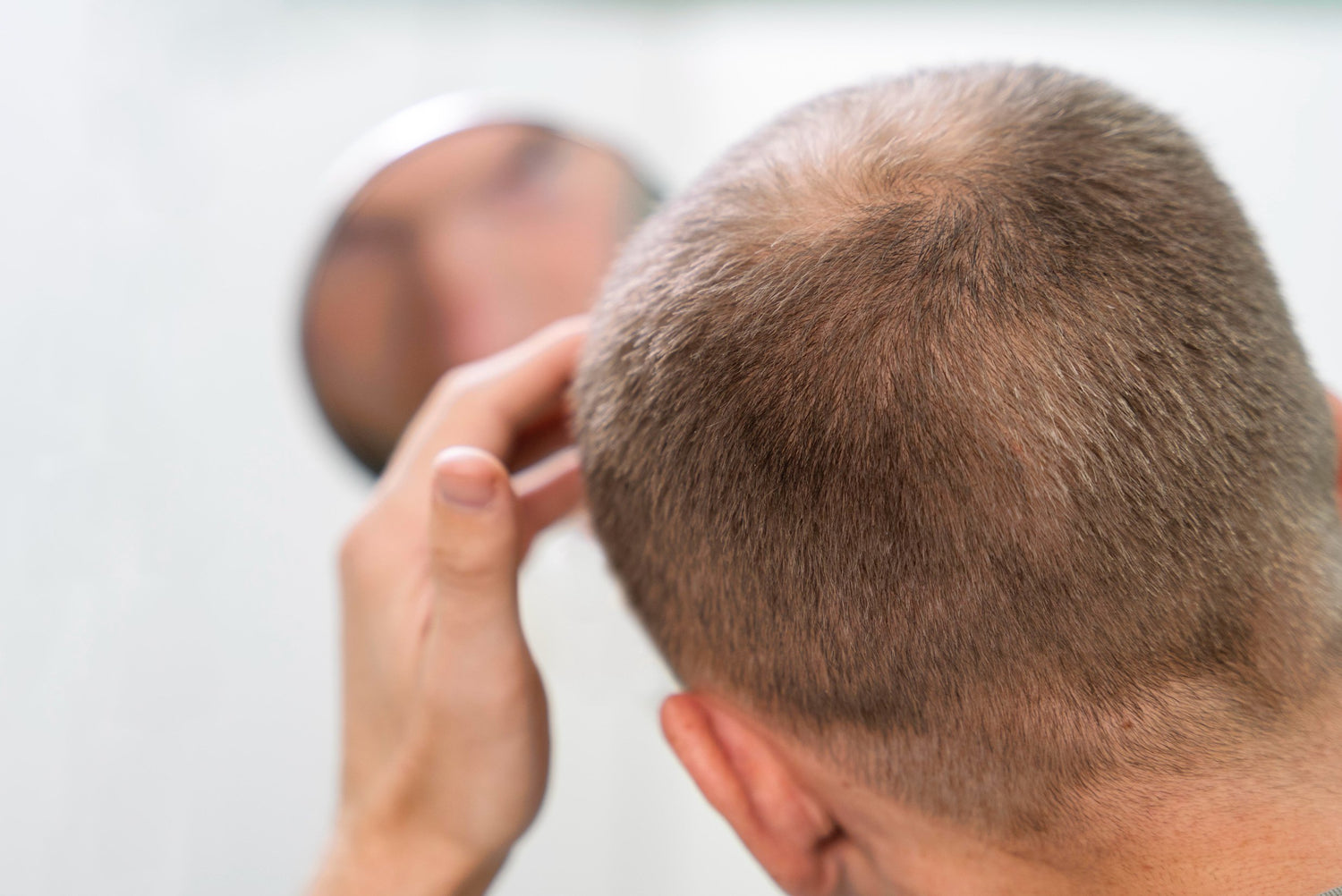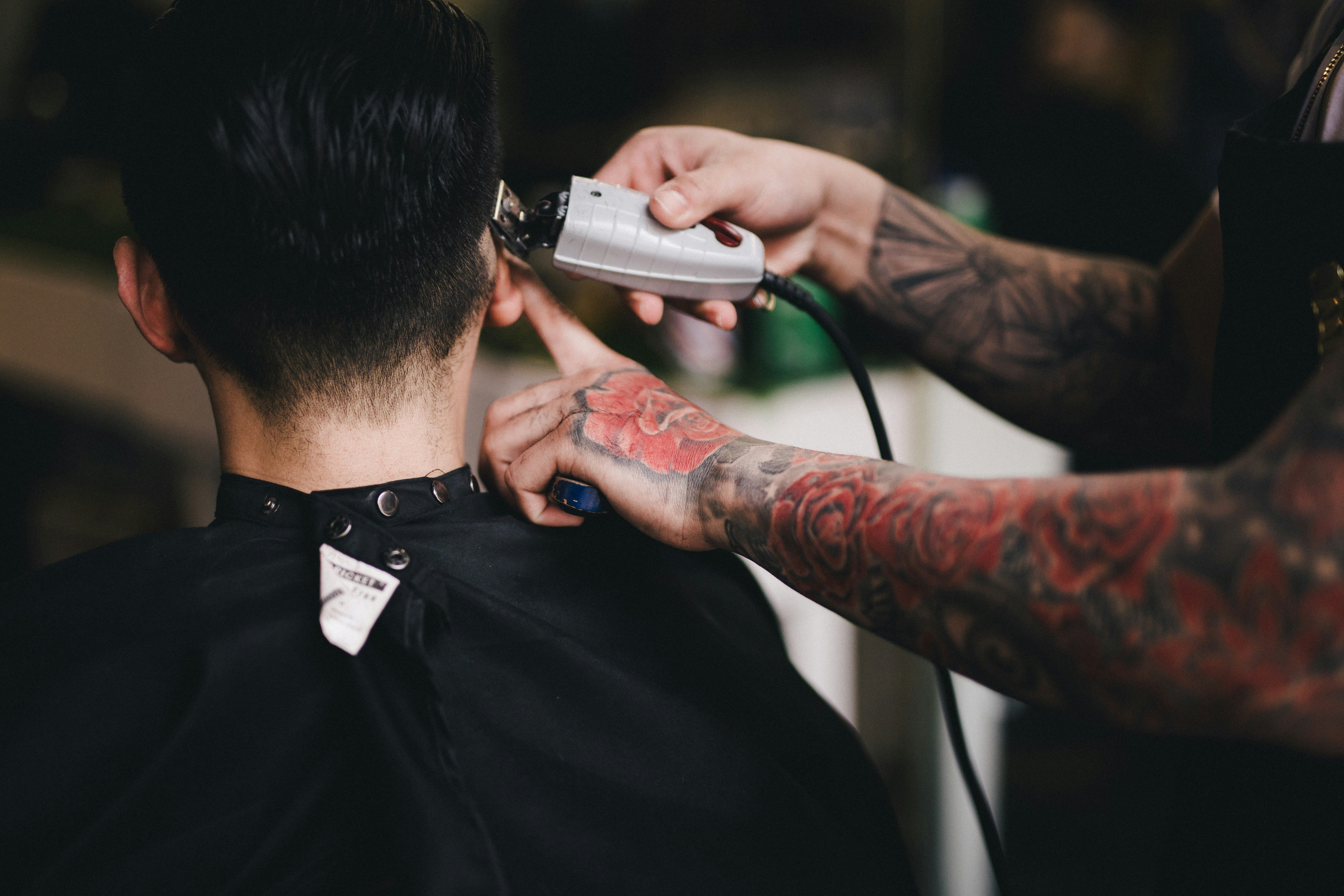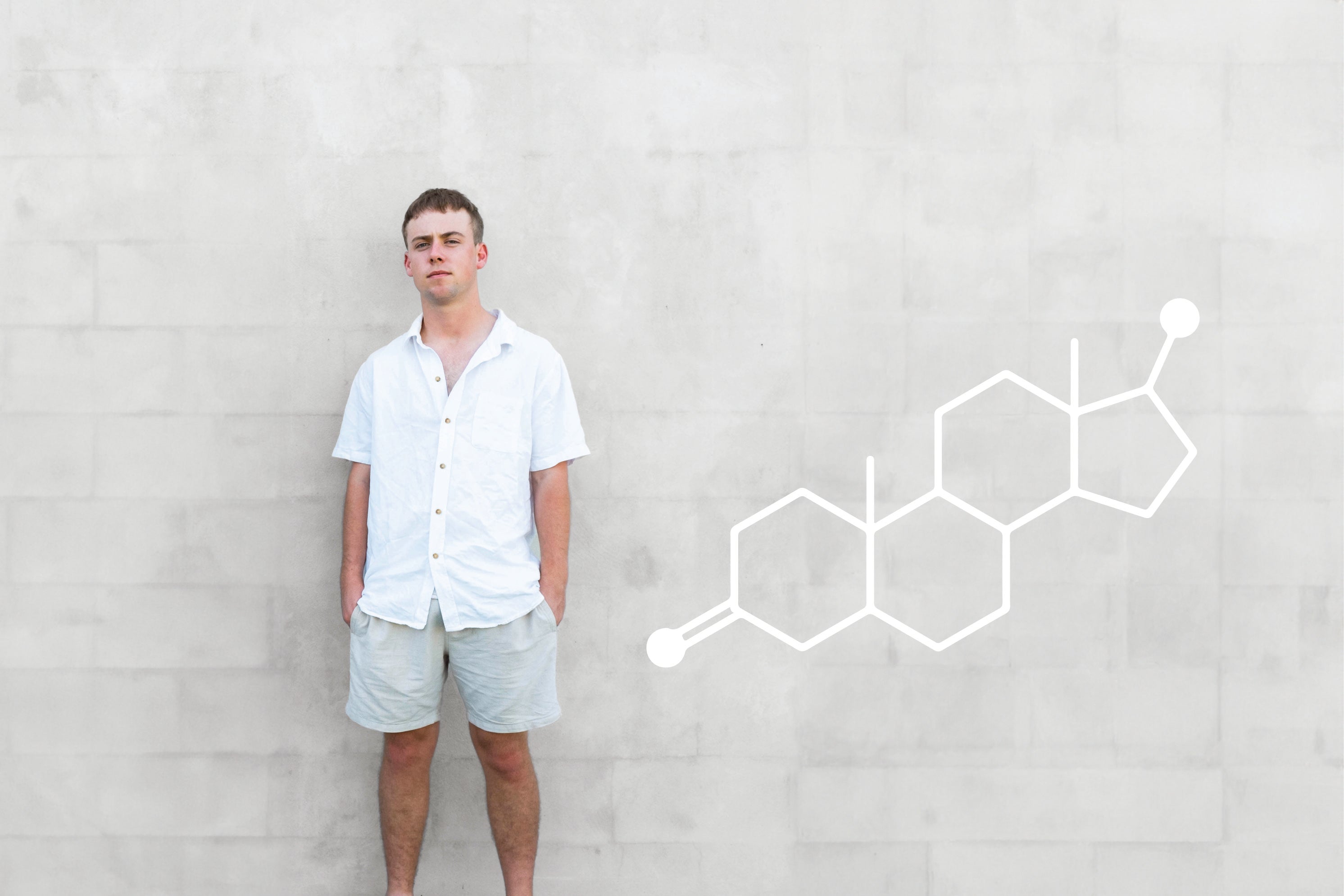Welcome to our Hair Loss 101 series, where we unravel the mysteries of hair loss, one strand at a time! Today, we're pulling back the curtain on a crucial aspect of hair loss – its causes.
Understanding why hair loss happens is key to tackling it effectively. Let’s dive into the myriad reasons behind this common yet complex issue.
Summary |
|
1. Genetic Factors: The Role of Heredity
One of the most common culprits behind hair loss is genetics. Male and female pattern baldness, medically known as Androgenetic Alopecia, is often inherited. This type of hair loss is characterised by a gradual reduction in hair thickness and density, following specific patterns.
2. Hormonal Changes and Imbalances
Hormones play a significant role in regulating hair growth. Changes in hormonal levels, especially those involving androgens (male hormones), can trigger hair loss. Conditions like pregnancy, menopause, and thyroid problems can also cause hormonal imbalances leading to hair thinning.
3. Medical Conditions and Scalp Infections
Various medical conditions can contribute to hair loss. Scalp infections can invade the hair and skin of the scalp, leading to hair loss. Other conditions such as alopecia areata, which causes patchy hair loss, and scalp psoriasis can also lead to temporary or permanent hair loss.
4. Medications and Treatments
Certain medications and medical treatments can cause hair loss as a side effect. These include drugs used for cancer, arthritis, depression, heart problems, gout, and high blood pressure. Radiation therapy to the head can also cause significant hair loss.
5. Stress and Trauma
Physical or emotional stress can lead to temporary hair loss. Telogen effluvium is a condition where stress pushes hair follicles into a resting phase, resulting in hair shedding. Traumatic events, severe illnesses, and major surgeries can also trigger this condition.
6. Nutritional Deficiencies
Diet plays a crucial role in hair health. Lack of certain nutrients, such as iron, protein, and vitamins, can lead to hair loss. Eating a balanced diet rich in essential nutrients is important for maintaining healthy hair growth.
7. Hairstyles and Treatments
Certain hairstyles that pull the hair tight, such as ponytails or cornrows, can cause a type of hair loss called traction alopecia. Additionally, harsh chemicals and heat treatments used in hair styling can weaken the hair and lead to breakage.
8. Aging
As we age, hair naturally begins to thin and lose its density. While this is a normal part of aging, for some, it can be more pronounced, leading to noticeable hair loss.
9. Environmental Factors
Exposure to certain environmental elements, including pollutants and UV radiation, can contribute to hair thinning and loss.
10. The Gro Clinics Approach to Treating Hair Loss
At Gro Clinics, we understand that hair loss can stem from a variety of causes. Our approach begins with a thorough assessment to identify the specific cause of your hair loss. We then tailor a treatment plan that addresses your individual needs, whether it involves medical treatment, lifestyle changes, or advanced hair restoration procedures.
Hair loss can be a distressing experience, but understanding its causes is the first step toward effective management. By identifying the root cause, we can implement targeted treatments and strategies to combat hair loss. In our next Hair Loss 101 post, we'll dive into DHT one of the most common causes of Male Pattern Baldness.
Ready to take the next step? We have clinics all around Australia and New Zealand including:
- Brisbane hair transplant clinic
- Gold Coast hair transplant clinic
- Sydney hair transplant clinic
- Melbourne hair transplant clinic
- Perth hair transplant clinic
- Auckland hair transplant clinic
- Pacific Fair hair transplant clinic












